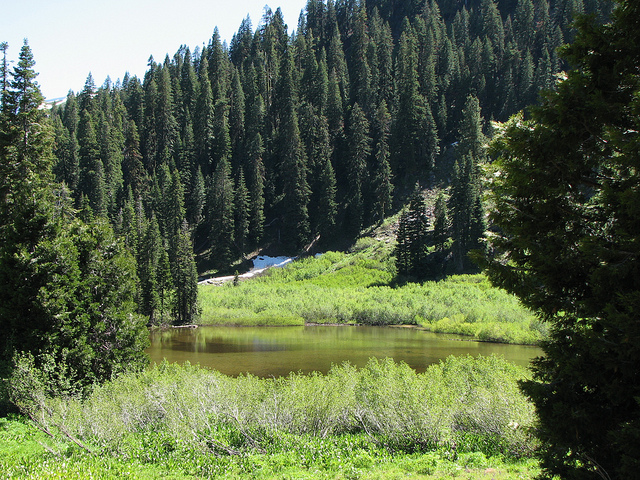Ohlone Native People
If you hike in Northern California, chances are that just about any current state, county, city or national park was once the home of the Ohlone Native People who were called Costanoan. It is important to know the history of the parks we now use and make sure we do not forget that these places were once home to the Castoanan. Many Bay Area parks have historical displays celebrating the history and the heritage of the native people that once lived in the parks where we now hike.
Ohlone Indians (Costanoan) are a large part of California and Bay Area history as they were the first people to create a civilization in the area. The Ohlone lived in the area along the coast from San Francisco Bay through Monterey Bay to the lower Salinas Valley. While the Bay Area of today is a melting pot of many cultures, the old tribe name can be seen nearly everywhere if you look. Many establishments, streets, and other entities still carry on the Ohlone name in honor of the people that once used to rule this land. In fact, many descendants of the original tribes still make the Bay Area their home.
Ohlone Indian History
The term "Ohlone" has been used in place of the original "Costanoan" since the 1970s by some descendant groups, academics, and in pop culture. The natives used to live in over 50 different groups spread out across what is now the greater Bay Area and many of their relics can still be found in local parks and preserves which are left relatively unchanged. The first western people to encounter the Ohlone Native People were the Spanish settlers during late 18th century.
The Spanish settlers came with many missionaries and established the missions, the remains of some of which are still in the Bay Area today, and many places and entities still bare the names of the prominent missionaries. The Ohlone and the Spanish cultures clashed over religion as the Ohlone believed in shamanism and the Spanish wanted to convert them.
Ohlone Indians Diet
The Castoanan people lived largely of the rich wildlife of the coastal ranges of Northern California. Some of the staples in their diet were acorns from oak trees like the tanoak tree, canyon oak, black oak, and valley oak. California tribes are estimated to have harvested from 500 to 2000 pounds of acorns per family per year. The native people also picked berries from the various plants like the toyon or the Thimbleberry which still commonly grow at many California parks and preserves.
Current archeological theories suggest that the Ohlone migrated from the San Joaquin-Sacramento River system to the San Francisco and Monterey Bay areas in about the 6th century AD. Archeologists have found human-made items in the Bay Area that date back to about 4000 BC. Prior to the Ohlone, other tribes used to live in the area.
The Ohlone culture changed after 1769, when the first Spanish soldiers and missionaries arrived from Southern California. In 1769, Spain claimed the land which is now California and began sending missionaries to the area to convert the native tribes. Father Junipero Sierra was the founder of the Franciscan mission. Gaspar de Portola was in charge of the Spanish military in the area.
Ohlone Culture Before the Spanish
The native people believed in shamanism and were active in fishing, hunting, and gathering fruit from the rich California vegetation. There were 8 distinct sub groups within the Ohlone: Karkin, Chochenyo, Ramaytush, Tamyen, Awaswas, Mutsun, Rumsen, Chalon.
The Ohlone also had a strong cultural connection with the California Poppy which is now the California State Flower. They used it for cooking, decoration, and even as part of their smoking since the flower is known to be mildly sedative when smoked.

